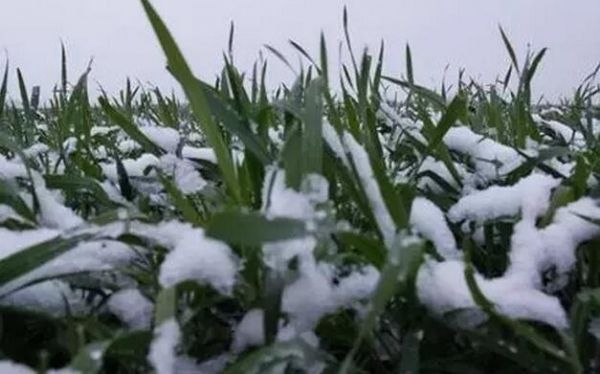North China (35°–40°N, 110°–120°E) is a major region in China for winter wheat agriculture. It is in the spring (March to May) in this region that the reviving, jointing and booting stages of winter wheat mainly happen.
Such Spring cold spells in North China, hereafter referred to as “extreme spring cold spells” (ESCSs), have significant influence on crop yields in this region, though little attention has been paid to the issue.
In a recently published study in Atmospheric and Oceanic Science Letters, Prof. Yali Zhu reveals that when an ESCS happens over North China, continuous negative temperature anomalies can have disastrous effects on the wheat yield, inducing yield losses of up to 20% or more. With warm winters becoming more frequent under global warming, the negative effects of ESCSs on crop yields may become more obvious. Thus, to better understand North China ESCSs and provide helpful information for their prediction, this study investigated the features of ESCSs over the past several decades.
Read more at Institute of Atmospheric Physics, Chinese Academy of Sciences
Image: This is a wheat field affected by spring cold spell. (Credit: Enongzi)


